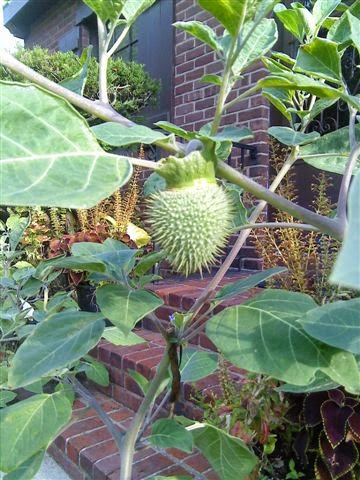Skylands is hosting a themed Christmas called: “The Twelve Plants of Christmas.”
Not to be outdone, I wish to install a virtual “Twelve
Herbs of the Holidays.”
The first four:” Parsley, Sage, Rosemary and Thyme”---they
are of the refrain from the Simon& Garfunkle song from the Graduate (1969).
Each has medicinal use and symbolic meaning.
It’s likely they
were seasoning for your holiday meal.
In the 1930s, we only saw one of them: Parsley---garnishing
the turkey. It was the pre-eminent herb in the grocer’s.
The scented ones include Bayberry,
Lavender, and Bedstraw. Folk lore has it that bedstraw was used in baby Jesus' manger, It has a sweet aroma
released when it is warmed. See it at the Cloisters next summer.
One herb for the
unexpected: Mistletoe stands for life out of death, and is a social highlight
of holiday parties. Another unexpected herb is used to protect our guests: Santolina. Health herbs (Chamomile, Peppermint and Spearmint) are part of the twelve herbs
of the holidays to make teas for stress-free holidays.
January?
Probably health herbs teas .
--Pat Libutti, The Urban
Herban




